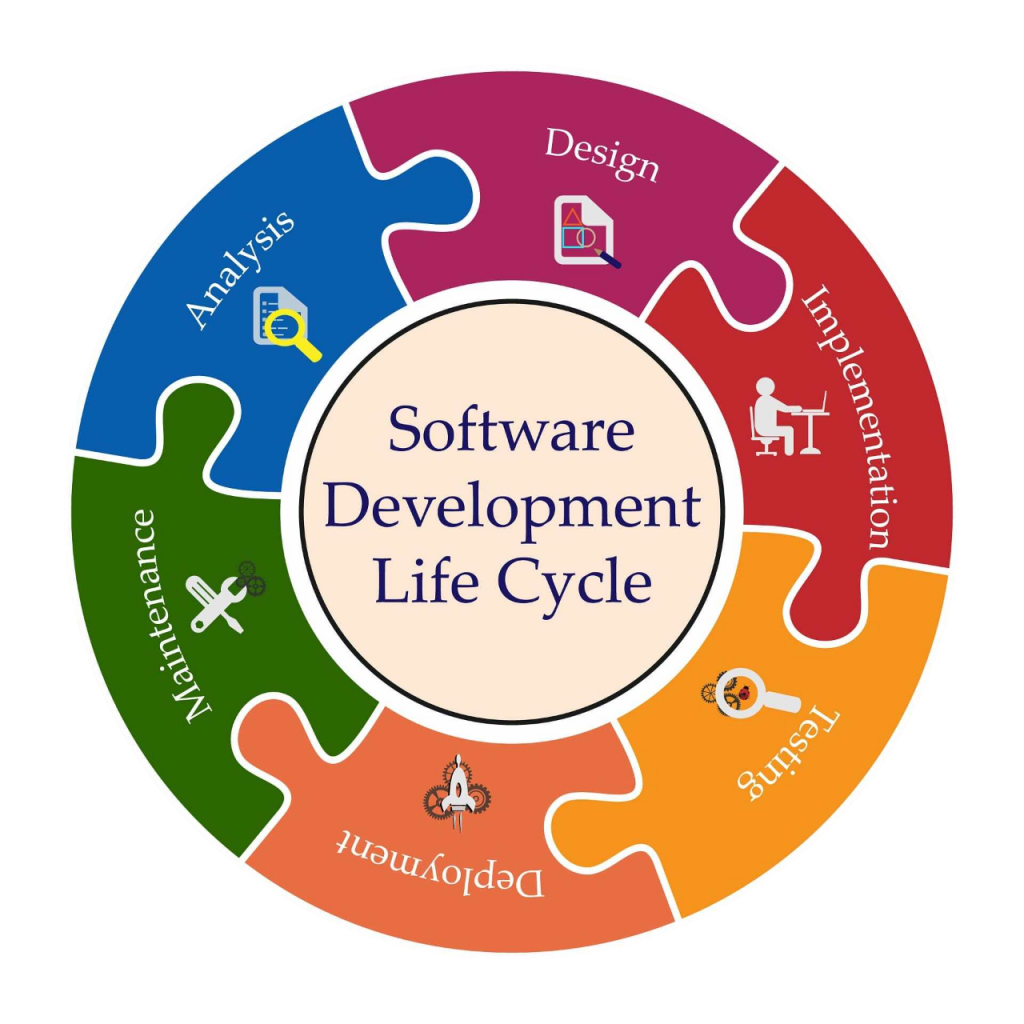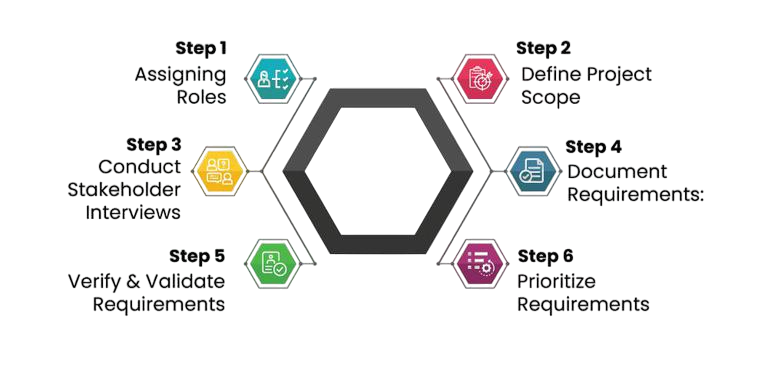
- Defining Software Development
- SDLC Overview
- Software Development Methodologies
- Planning and Requirements Gathering
- Design and Architecture
- Implementation Phase
- Testing Strategies
- Conclusion
Defining Software Development
Software development is the process of designing, creating, testing, and maintaining applications, frameworks, or other software components to solve specific problems, automate tasks, or provide various services to users. At its core, it is the structured approach to building computer programs that transform ideas into functional products. Software development involves several disciplines, including programming, system design, requirements analysis, project management, testing, Java Training and deployment. It is not just about writing code; it is also about understanding user needs, designing intuitive solutions, and ensuring the system works reliably and efficiently. The importance of software development in today’s digital world cannot be overstated it drives innovation in industries such as healthcare, finance, education, entertainment, and more. From the mobile applications we use daily to the enterprise software running critical business operations, software development powers modern life and economy.
To Earn Your Java Training Certification, Gain Insights From Leading Web Developer Experts And Advance Your Career With ACTE’s Java Training Today!
SDLC Overview
The Software Development Life Cycle (SDLC) is a structured framework that outlines the stages involved in the creation of software, ensuring that it meets quality standards and fulfills user needs. SDLC models define a clear pathway for software teams to follow, improving efficiency and minimizing risks Socket Programming in Java. The typical stages include requirement analysis, design, implementation, testing, deployment, and maintenance.

Each phase has specific goals and deliverables, and teams may cycle through these stages iteratively or sequentially, depending on the chosen methodology. For example, in a waterfall model, the process is linear, moving from one phase to the next without returning, while in agile models, development is iterative, with frequent feedback and incremental releases. The SDLC helps ensure that time, cost, and resources are used effectively, and that the final product is reliable, secure, and scalable.
Software Development Methodologies
- Waterfall Model: A linear, sequential approach where each phase must be completed before the next begins.
- Agile Methodology: An iterative and incremental approach focused on collaboration, flexibility, and customer feedback.
- Scrum: A subset of Agile with fixed-length sprints, daily stand-ups, and defined roles like Scrum Master and Product Owner.
- Kanban: Visual workflow management method using boards and cards to optimize task flow and limit work in progress.
- Lean Development: Focuses on eliminating waste, Purpose Of Abstract Class improving efficiency, and delivering faster value to customers.
- DevOps: Combines software development and IT operations to shorten development cycles and improve deployment frequency.
- Spiral Model: Risk-driven approach combining iterative development with systematic risk assessment at each cycle.
- Rapid Application Development (RAD): Emphasizes quick prototyping and user feedback over strict planning and documentation.
- Defines the overall structure and blueprint of the software system.
- Determines how components and modules interact and communicate.
- Focuses on scalability, maintainability, and performance.
- Includes decisions on design patterns and technology stack Reverse a String in Java .
- Translates requirements into technical solutions and diagrams (UML, flowcharts).
- Ensures separation of concerns and modularity for easier updates.
- Addresses security, data management, and integration considerations.
- Acts as a guide for developers during implementation and testing phases.
- Actual coding and development of software components based on design specifications.
- Developers write, test, and debug code to meet functional requirements.
- Version control systems (like Git) are used to manage code changes.
- Collaboration among team members ensures Java Serialization consistency and code quality.
- Integration of different modules and third-party services happens during this phase.
- Frequent code reviews and unit testing help identify and fix issues early.
- Documentation is created or updated to reflect the implemented features.
- Marks the transition from planning and design to a working software product.
Would You Like to Know More About Java Training? Sign Up For Our Java Training Now!
Planning and Requirements Gathering
The first and arguably most critical stage of software development is planning and requirements gathering. This is when project goals are clearly defined, user needs are documented, and feasibility is evaluated. Stakeholders, including clients, business analysts, and technical teams, collaborate to understand the problem the software will solve. Requirements are gathered through techniques such as interviews, questionnaires, market research, and analysis of existing systems Java Training. The output is a requirements specification document that outlines functional requirements (what the system should do) and non-functional requirements (such as performance, security, and scalability). During planning, project scope, budget, timelines, and resource allocation are also determined. This stage reduces risks, ensures alignment between stakeholders, and sets the foundation for the design phase.

Planning and requirements gathering is the initial phase of software development where project goals, scope, and deliverables are defined. During this stage, stakeholders and developers collaborate to identify user needs, business objectives, and technical requirements. Clear documentation is created to outline functional and non-functional requirements, ensuring everyone shares a common understanding. Effective planning helps allocate resources, estimate timelines, and manage risks. What is Software Engineering Accurate requirements gathering reduces misunderstandings, minimizes changes during development, and forms the foundation for successful project execution. This phase is crucial for aligning expectations and setting the direction for the entire software development lifecycle.
Design and Architecture
Are You Interested in Learning More About Java Training? Sign Up For Our Java Training Today!
Implementation Phase
Testing Strategies
Testing ensures that the software functions as intended and meets quality standards. Different testing strategies are applied depending on the project and its complexity. Unit testing verifies the smallest components of the software, integration testing checks the interactions between modules, and system testing evaluates the software as a whole. Acceptance testing ensures the product meets the client’s requirements, while performance testing checks how the software behaves under different loads. StringBuilder Methods in Java Regression testing ensures that new code changes do not break existing functionality. Testing can be manual or automated the latter uses tools like JUnit, Selenium, or Cypress to save time and improve accuracy. In modern development environments, Test-Driven Development (TDD) is popular, where tests are written before the code itself. Proper testing minimizes defects, improves reliability, and enhances user satisfaction.
Preparing for Java Job Interviews? Have a Look at Our Blog on Java Training Interview Questions and Answers To Ace Your Interview!
Conclusion
The software development lifecycle, from planning and requirements gathering to design, implementation, and testing, is essential for building successful applications. Each phase plays a critical role in ensuring quality, meeting user needs, and delivering value efficiently. Understanding and following these phases helps teams manage complexity, reduce risks, and improve collaboration. By embracing structured methodologies and best practices, organizations can create robust, scalable, and maintainable software solutions that stand the test of time.The software development lifecycle is a Java Training structured approach that guides teams through the complex process of creating high-quality software. Beginning with thorough planning and requirements gathering ensures that the project’s goals and user needs are clearly understood. Thoughtful design and architecture lay a solid foundation by defining the system’s structure, scalability, and maintainability. The implementation phase transforms these plans into working code, supported by rigorous testing and continuous integration to catch and fix issues early. By following these phases systematically, teams can minimize risks, manage resources effectively, and deliver software that meets or exceeds expectations.





